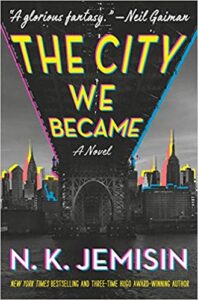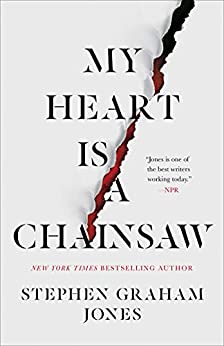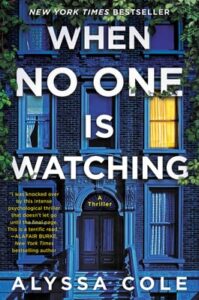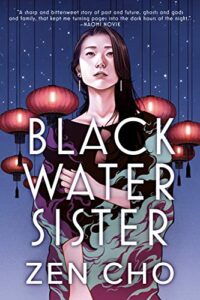When the topic of redevelopment comes up, affected residents need a seat at the table. If developers and city government aren’t interested in the needs and wants of the existing community, any “revitalizing” is for people who aren’t already there. Gentrification has had the effect of displacing people and institutions that have been in the same neighborhood for decades and replacing their homes with higher-end residences they can’t afford, expensive office space, or shopping and restaurants, with far-reaching consequences. It affects Black, brown, and indigenous people the most, but, even when it’s well-intended, it’s ALWAYS about making money.
When No One Is Watching by Alyssa Cole ( Bookshop.org )
After leaving her abusive husband, Sydney returns home to her mother’s Brooklyn brownstone, in an area which is rapidly gentrifying before her eyes, with her neighbors disappearing mysteriously at a rapid rate as well-to-do white couples move in. As Sydney investigates the history of Brooklyn, she realizes there is a cycle that connects to disturbing events of the present. When No One Was Watching gets into eugenics and medical experimentation and is grounded in some real historical events.

The City We Became by N.K. Jemisin ( Bookshop.org )
In Jemisin’s book, the follow-up to her story “The City Born Great”, every major city has a human avatar. New York City, however, is so large that each borough needs one. Enter the Better Way Foundation, a front for a potential eldritch invasion of Lovecraftian proportions, though The Better Way Foundation, represented by Dr. White (I know…) This book has great LGBTQ+ representation, as well as indigenous, Black, brown, and Indian-American characters. Read our review here.
Black Water Sister by Zen Cho ( Bookshop.org | Amazon.com )
Gentrification is not limited to New York City. Black Water Sister takes place in Malaysia. Malaysian-American Jess was anxious about coming out of the closet. That’s small potatoes now that she is being haunted by her estranged, recently deceased grandmother, Ah Ma, who was a spirit medium for the goddess Black Water Sister and needs Jess to stop a developer from tearing down the vengeful goddess’ temple for a condo development. I asked my daughter how she would feel about being possessed by a bossy grandmother obsessed with zoning (her grandmother is, in fact, obsessed with zoning), and the expression on her face was one of horror. And that’s not even the scariest part. Vengeance is bloody business. For my part, I thought Ah Ma’s interactions with Jess were really entertaining. You wouldn’t want to get on that lady’s bad side. Side note: a lot of the dialogue is written in Manglish, but I found it easy to follow and understand.

My Heart Is a Chainsaw by Stephen Graham Jones ( Bookshop.org )
Gentrification occurs in rural and suburban communities as well as cities. In this love letter to the slasher movie, Jade Daniels, a troubled high-school of Blackfoot descent, uses her knowledge of horror movies and their tropes to navigate the town’s soon-to-be slasher story as wealthy gentrifiers begin building an exclusive enclave in her working class community. As you would expect from a slasher-inspired story, this has plenty of blood and gore.
Gentrification’s effects aren’t limited to the living, either. How many haunted house stories depend on one building or neighborhood being built over the homes and lives of others? Here’s a link to a ghostly meditation on the effects of live people on ghosts who were simply haunting their own village.
.






Follow Us!